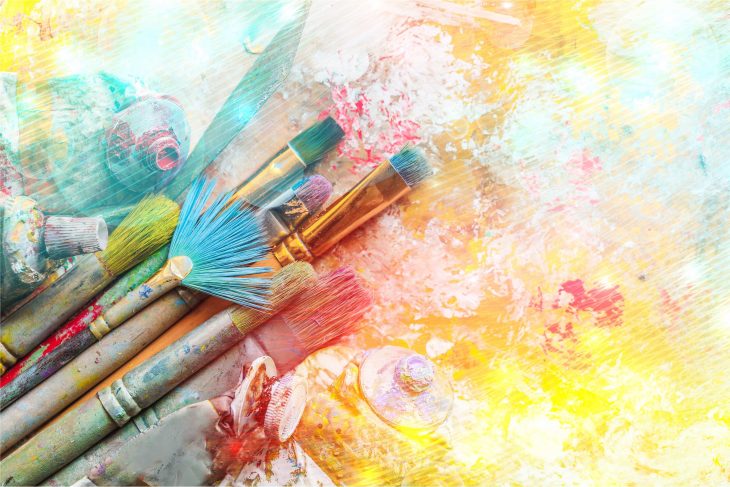
Painting is a popular hobby that helps people destress and express their unique ideas. And because there are so many different types of paint for art, you’re free to choose whichever one fits your style and budget!
Not everyone, however, knows how to choose or where to start. If you’re a beginner who wants to try painting, then you’ve come to the right place. This article is here to teach you the different types of paint for art, from common ones like acrylic to less conventional kinds like face paint!
What is paint?
The word “paint” can refer to two different things. First is the action of applying paint and the second is the substance or pigment that artists use to create the painting or artwork itself. Usually, artists use a paintbrush to apply paint to paper or canvas, but some use palette knives or their fingers.
Paints can come in different colors and containers like cans or tubes, and even in a single pan or tray.
Aside from artworks, paint is also used for covering different surfaces, such as walls, furniture, and even roads. There are different types of paint for different types of surfaces, and this is the same for art as well.
How are paints different from each other?
Paints can differ in color, smell, viscosity, and solubility. Drying time can also be unique for each of the different types of paint for art.
But one difference that most people will notice right away is the cost. Certain types of paint for art will be more expensive than other types. For instance, oil paint often costs more than poster paint.
These differences result from the use of different materials for paint.
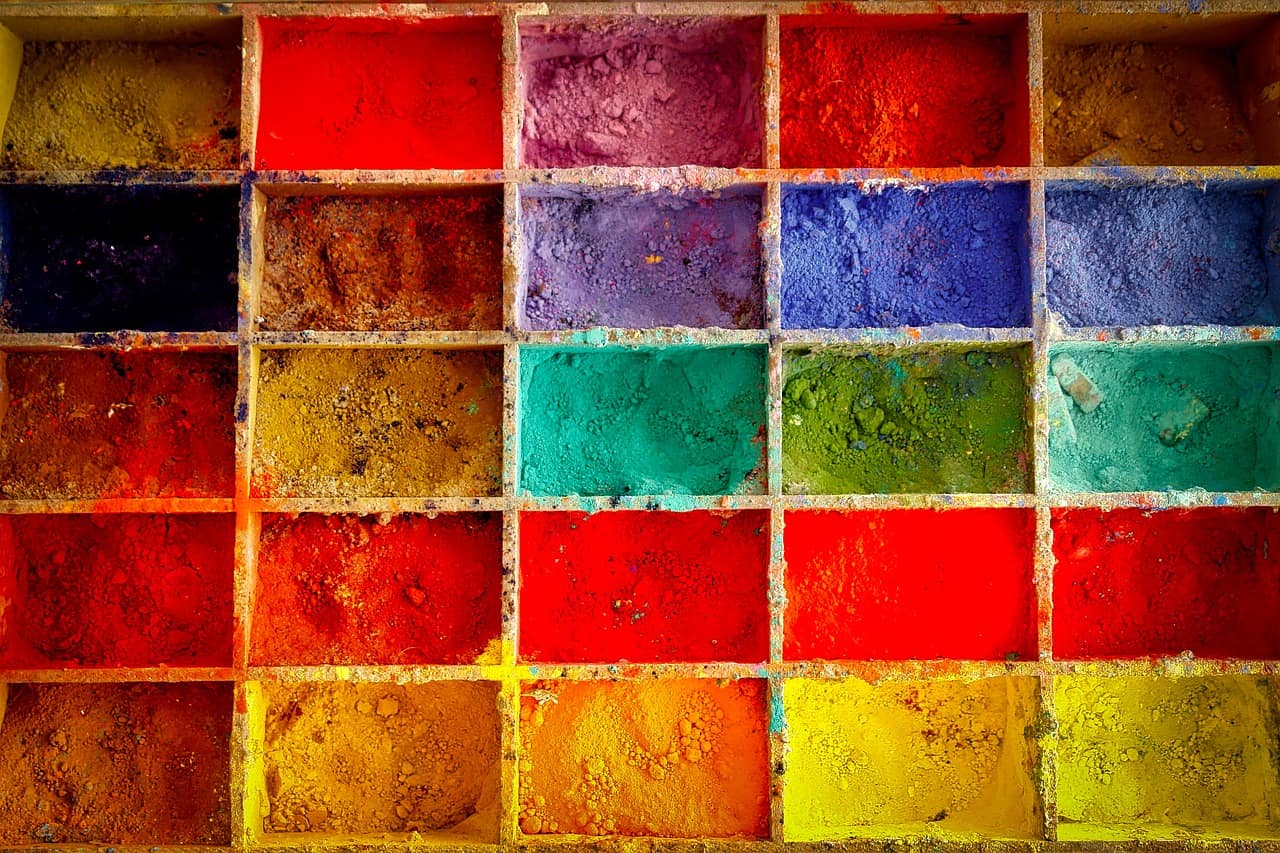
Where do the different types of paint for art come from?
Paint comes from mixing colored pigment with a wet binder. Some paints will also contain solvents and additives. Unique combinations of these materials result in different types of paint for art.
Pigment
Pigment is the ingredient that gives paint its color and usually comes from rocks and minerals. With the advancement of technology, pigment now comes in different types such as inorganic, organic, and artificial pigments.
Inorganic pigments are the traditional ones from rocks, minerals, and even metal. Organic pigments, on the other hand, come from living things, such as plants and bones. Meanwhile, artificial pigments come from organic pigments that scientists chemically altered in a lab.
Binder
Many consider binders to be the main ingredient of paints. Binders refer to the binding agent that holds the pigments together. Like pigments, there are different types of binders. Some common binders are alkyd resins, acrylic resins, and latex. Egg yolk is also one type of paint binder.
Solvents
While pigments and binders are considered “solids”, solvents are “liquids”. Solvents help combine pigments and binders into a liquid form. They keep paint “wet” during storage. Without solvents, the paint will dry quicker in its container.
They also dissolve or “thin out”: the paint ingredients to a certain extent, which is where the viscosity or thickness of paint comes from. Adding more solvent will make a paint thinner, which is why solvers are also called “paint thinners”. Some common examples of paint solvents are water, alcohols, and ketones.
Additives
Not all types of paint for art contain additives, but most high-quality paints do. Additives provide paints with additional properties that improve their quality and performance.
Some types of additives include defoamers, thickening agents, and co-solvents. Defoamer additives will break bubbles that form during the manufacturing of the paint or storage. Thickening additives will make the paint thicker while co-solvents will make the paint thinner and keep them from drying too quickly in the container.
What are the different types of paint for art?
With the basics of paint out of the way, it is now time to learn about the paint types. To learn more about the different types of paint for art, their characteristics, and some famous artworks, keep on reading!
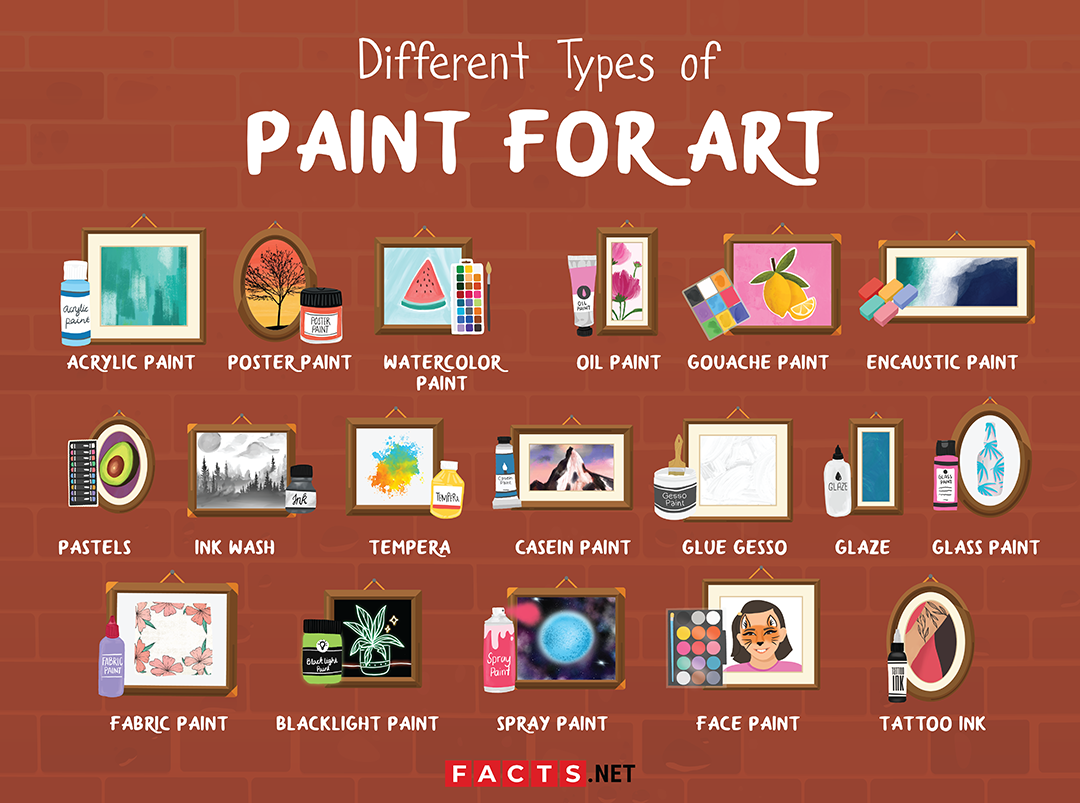
Acrylic Paint
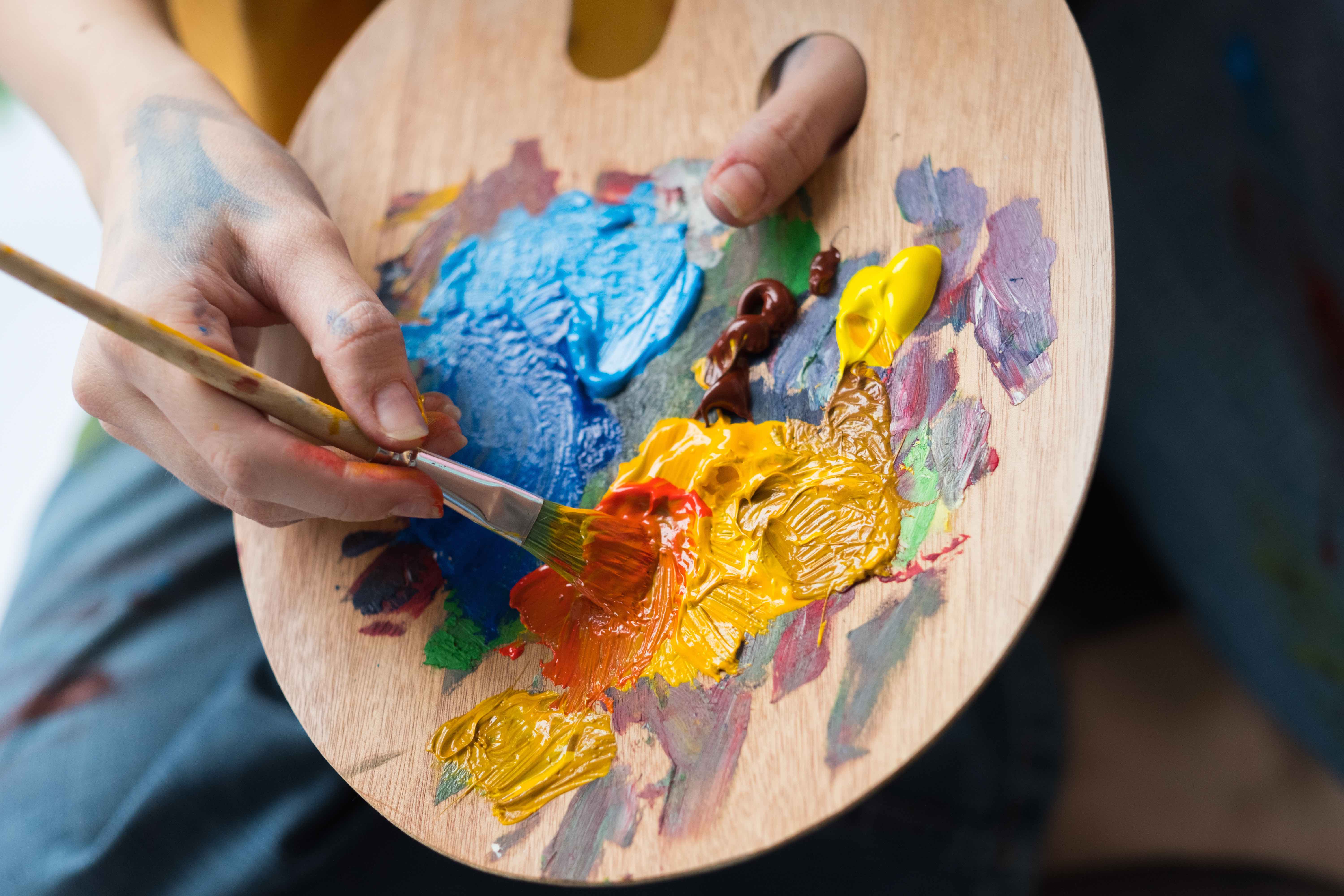
One of the types of paint for art you’ll often spot in a market is acrylic paint. Acrylic paint is the most common of the paint types. It is a favorite for many artists because it is cost-effective and often comes in convenient packaging. Most stores sell a wide selection of acrylic paint colors in single tubes or packs. Another bonus is that it is non-toxic, which makes it a great option for kids too!
Acrylic paint is water-based. It is a mixture of pigment with an acrylic polymer emulsion for its binder. Because of its materials, it sticks to most surfaces, such as canvases, woods, and metals. It also dries faster than most types of paint, which makes it convenient for artists who don’t like to wait. Artists can also mix water with acrylic paint, which can dilute the thick paint and make it resemble watercolor.
One of the most famous artists who liked to use acrylic paint is Andy Warhol. His famous painting, Marilyn Diptych, is an example of acrylic paint on canvas.
Poster Paint
Compared to other types of paint for art, poster paint is best for children that people have called it the “kids paint”. It is like acrylic paint, but this type dries much faster. It is water-based, non-toxic, and often comes in vibrant colors that can catch any child’s eye. While it is often marketed for kids, it is certainly an option for aspiring artists of any age!
Poster paint is a versatile paint that artists can experiment with. Artists can dilute poster paint with water or mix it with PVA glue to make it thicker. Poster paint works on various surfaces, too, such as paper, wood, and canvas.
Despite its vibrant color selections, most poster paints are washable. This makes it ideal for kids who don’t know how to control their messes yet.
Oil Paint
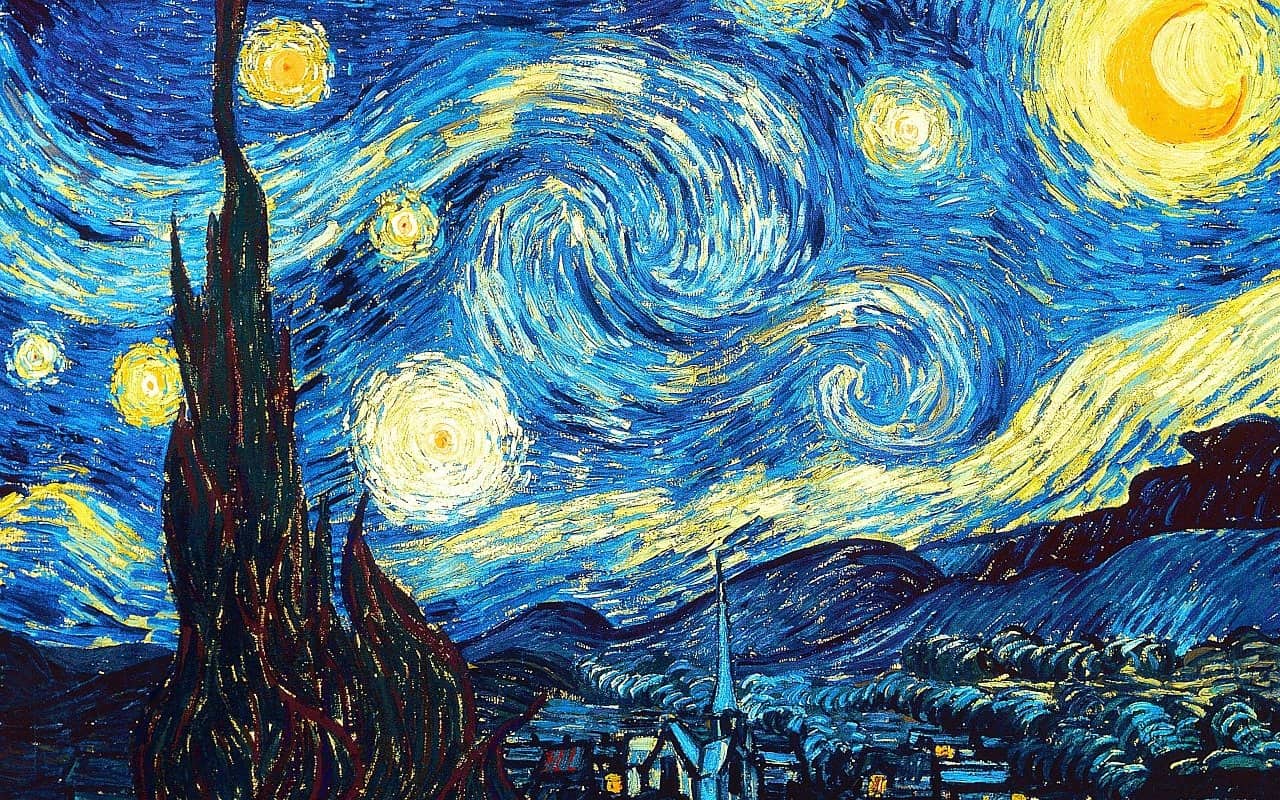
Unlike the water-based types of paint for art, oil paint uses some type of oil for its binder. Some examples of binders include walnut oil, poppy oil, and the most common, linseed oil.
People often judge oil paint vs acrylic paint. However, neither type is above the other. The better type depends on the artist’s own personal style and painting techniques. One thing artists should consider is the working time difference between oil paint and acrylic paint.
Because oil paint contains oil, it takes a much longer time to dry. Depending on the size and thickness of the oil paints an artist uses, an artwork can take up to six months or more to fully dry. This is an advantage for artists who like to work and rework their paintings for a long period.
Aside from the traditional oil paints, artists can also try out water-soluble oil paints. This type of oil paint allows artists to dilute their paints in water for a thinner finish.
Some famous oil paintings are Leonardo DaVinci’s The Mona Lisa and Vincent Van Gogh’s The Starry Night.
Watercolor Paint
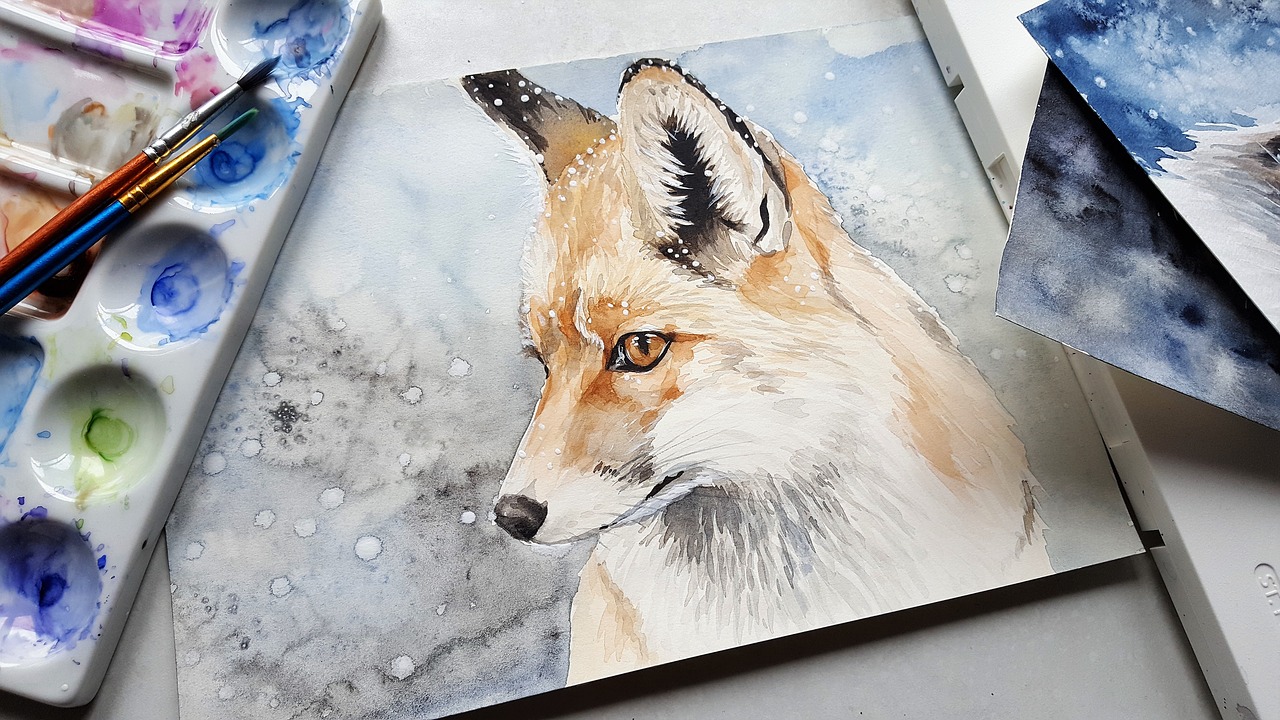
One of the most popular types of paint for art is watercolor. Watercolor paint comes from a mixture of pigments and a water-soluble binder. Most commercial watercolor paints use synthetic glycol or gum arabic as their binder.
Watercolor paints can come in two forms, namely in a dry pan or in a liquid container. Usually, a dry pan will come with six or more colors that are dry. To paint with this type, you will need to dip your paintbrush in water before dipping it into one color.
On the other hand, liquid watercolors usually come in squeeze bottles or droppers. Both watercolor types work well, and it is up to your preference which one you would want to try.
One of the most famous watercolor paintings is the Young Hare by German Renaissance artist Albrecht Dürer.
Gouache Paint
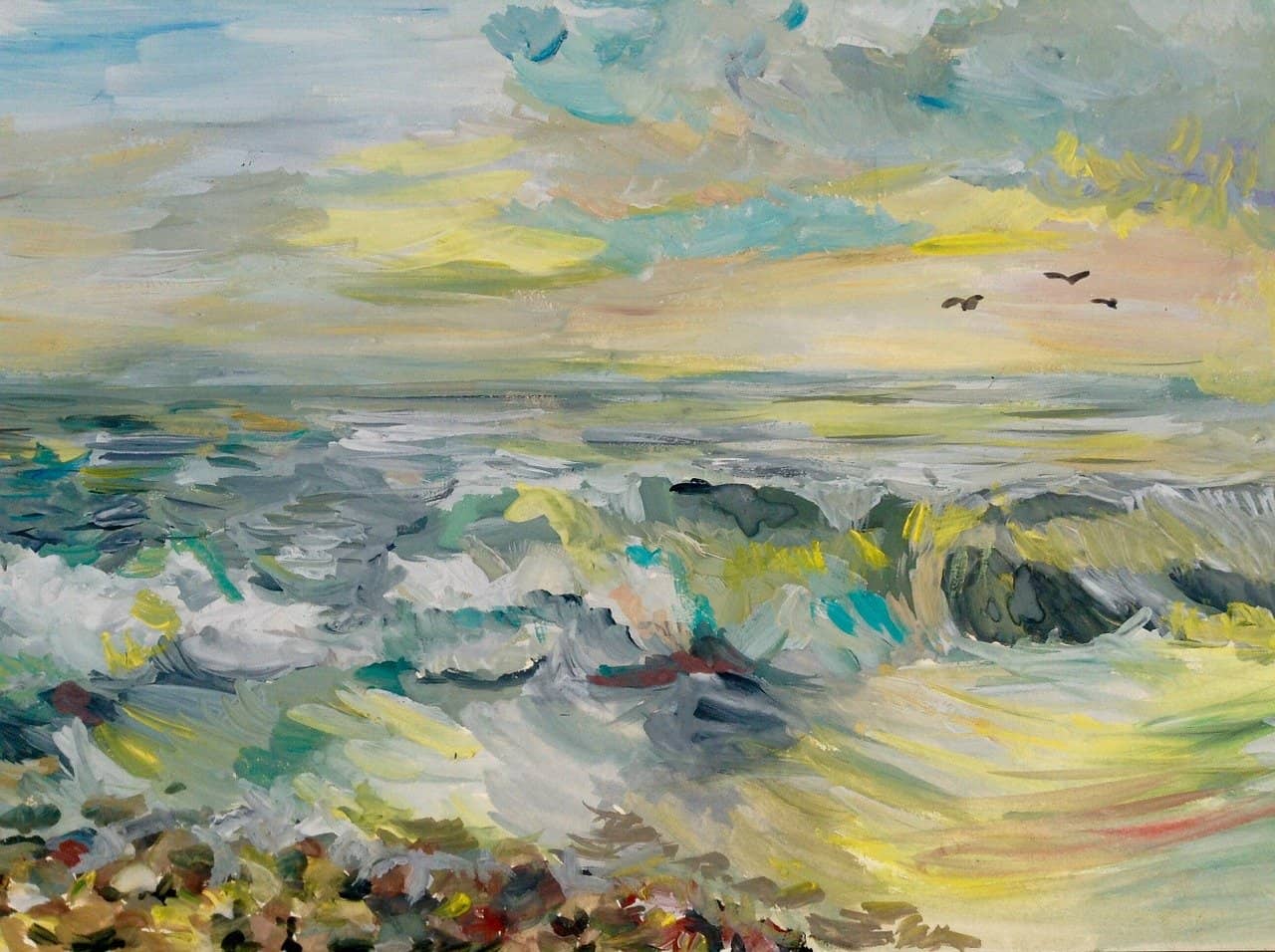
Most types of paint for art will look different after drying. One example is gouache paint. The colors of the paint will appear darker while still wet. Because of this, people often consider gouache paint as a medium for intermediate artists.
Gouache paint also dries quickly. This gives the artist less working time, but experienced artists will know how to work around this easily. Gouache paint is water-soluble, so reapplying water onto dried strokes will help you correct any mistakes.
Like watercolor, gouache paint comes from a mixture of pigments and gum arabic binder. They have many similarities, including their sensitivity to water. However, gouache paint contains more water and often chalk pigment. This results in a thicker mixture and a reflective finish.
Les Codomas by Henri Matisse is one example of a famous gouache artwork.
Encaustic Paint

If you’re looking for something more challenging to use, then why not consider encaustic paint? Encaustic paint is an art medium that dates back to ancient Egypt, where Egyptians used wax to paint Fayum funeral portraits.
Encaustic paint is a mixture of pigments and wax. To use this, you will need to heat the wax and immediately apply it to a surface before it dries. Wooden surfaces and canvases go great with encaustic paint.
Unlike other types of paint for art, encaustic paint doesn’t require a protective layer such as varnish. Encaustic paint is also water-repellant, so it doesn’t absorb water like gouache and watercolor.
The most famous encaustic paintings are the Fayum Funeral Portraits, which are on display at the Metropolitan Museum of Art.
Pastels

Pastels don’t come in dry pans or squeeze bottles like other paint types. Instead, pastels come in stick form, and they look like chalk.
Pastels contain more pigment than any other paint type. Because of its higher pigment concentration, pastels produce vibrant colors, and they often come in several colors. Pastels can be easier to use for those who find it hard to perfect their brushstrokes as the pastels are applied directly onto the paper.
There are two types of pastels: hard and soft pastels. Hard pastels have less pigment with more binder. They don’t smudge easily, so they are great for adding details. Meanwhile, soft pastels have more pigment with less binder, so they smudge better.
Edgar Degas, one of the most famous French artists in history, often used pastels for his art. One example is Blue Dancers.
Ink Wash
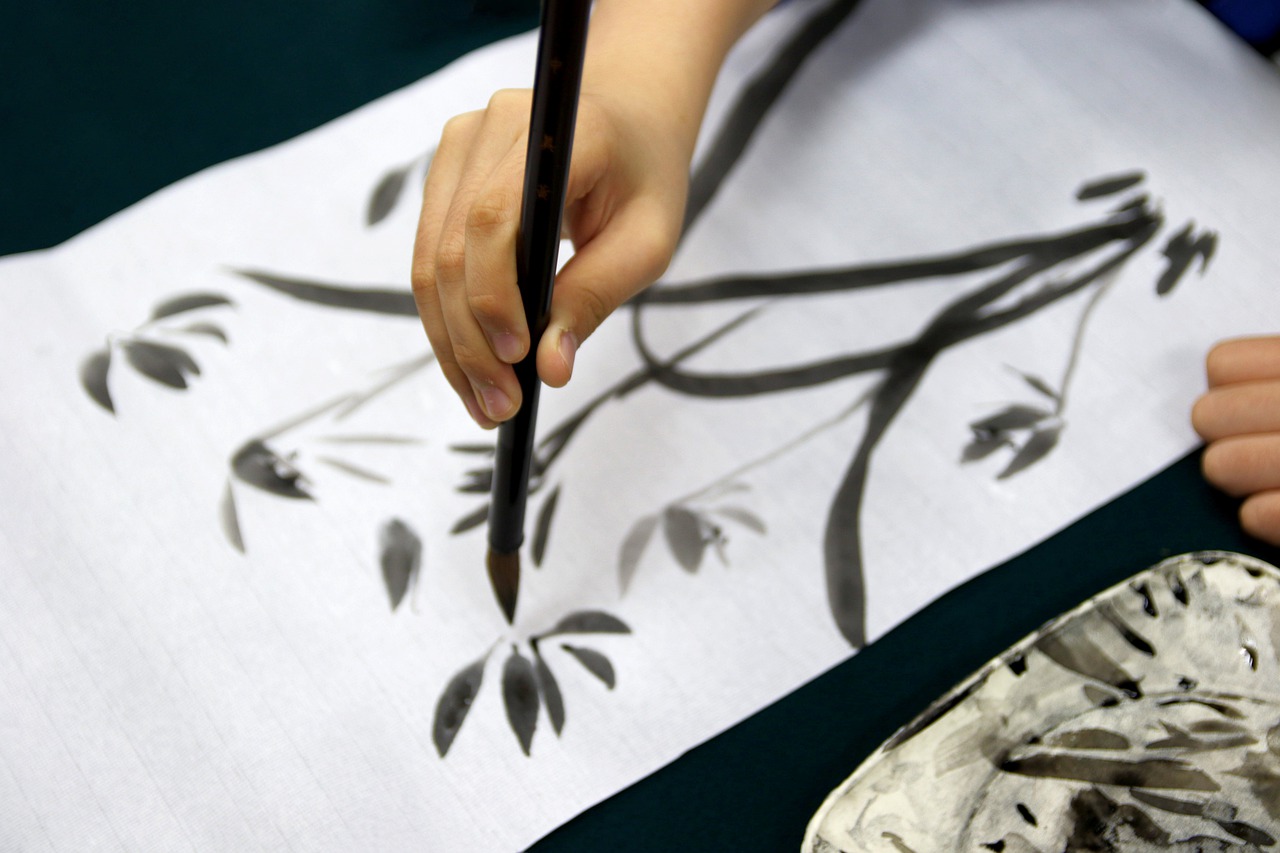
Contrary to popular belief, ink isn’t just for drawing. Some artists also use ink for painting. Ink wash is an art medium originating from China. Chinese calligraphers used black ink, which they later used to illustrate images solely through different shades of black.
This traditional technique flourished, and it spread to other Asian countries as well, including Japan. As it developed, people began incorporating other colors of ink. However, they continued to use monochrome colors.
Today, ink wash is one of the most popular types of paint for art. Using ink wash requires a lot of precision, so ink wash artists often spend years trying to perfect the technique.
One example of a Chinese ink wash painting is the Luxuriant Forest among Distant Peaks by Li Cheng.
Tempera
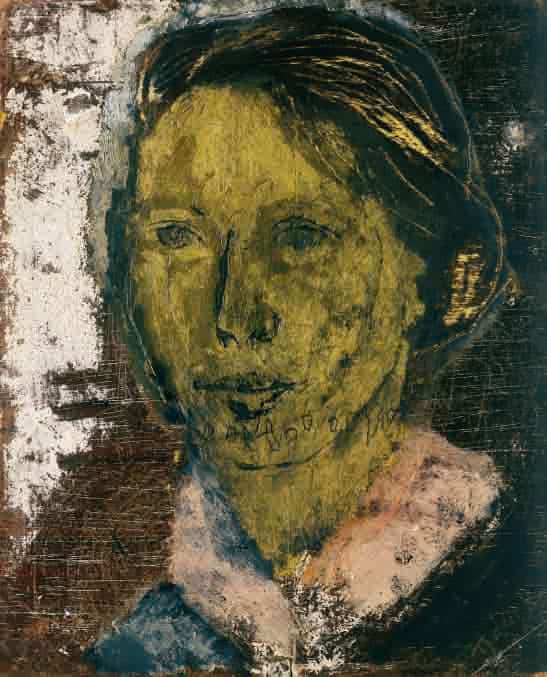
Egg tempera, or simply tempera, is a type of paint that comes from mixing pigment with egg yolk and water. With egg yolk as its binder and water as an additive, tempera becomes a paste-like mixture.
Tempera is water-soluble, and it also dries fast. Aside from these characteristics, tempera paint is also very durable. A lot of paintings from the first century remain in good condition today. Unfortunately, tempera became less popular in the 1500s, when artists started taking an interest in oil painting instead.
Today, tempera still isn’t considered as popular as the other types of paint for art. Some contemporary artists, however, still use tempera like Alex Colville and Philip Aziz.
Casein Paint
Next on this types of paint for art list is casein paint. Casein paint comprises pigment and milk casein as its binder. Milk casein is a protein from milk, and it gives casein paint a consistency similar to glue. Casein paint is also water-soluble, so artists often mix it with water to reduce its thickness.
When casein paint dries, it becomes stiff and brittle, which can tear or stretch paper or cloth. Because of this, artists recommend using casein paint for hard surfaces like wood and metal.
Before acrylic paint became popular, artists often used casein paint. Casein paint was a popular choice for a base coat because it gave surfaces a smooth, matte finish.
Some examples of famous artists who used casein paint are Oscar Howe and Andy Warhol.
Glue Gesso
Most types of paint for art need a base that will even out a painting surface. Glue gesso or Italian gesso is a paint type that can also act as a great base or primer. Gesso is a thick paint that usually comes in white.
It has great absorbency, so many artists use this to prime their surfaces. Glue gesso’s thickness and absorbency come from its combination of pigments and animal glue as its binder. Often, oil paint and glue gesso come hand in hand as they are very compatible.
While it is a popular choice for primer, glue gesso can also be mixed with other pigments or paints to produce different colors. Using glue gesso as your main art medium is certainly one way to experiment with different types of paint for art.
Glaze

Glaze isn’t just a term you’ll hear in the kitchen. In art terms, glaze refers to a liquid mixture that artists often add before, during, or after painting. Like glue gesso, glaze can serve as a primer for most types of paint for art. However, glaze differs from glue gesso because it can also act as a topcoat for your artwork. It can give off a sheen to your painting and provide a protective layer.
Aside from using glaze as a primer and topcoat, some artists also use it as an art medium. Mixing glaze with other paints can give them a unique quality.
Artists also use glaze to change the mood of their work. For instance, some believe that Leonardo da Vinci added layers upon layers of glazes in different colors to the Mona Lisa for a “smoky” look.
Glass Paint
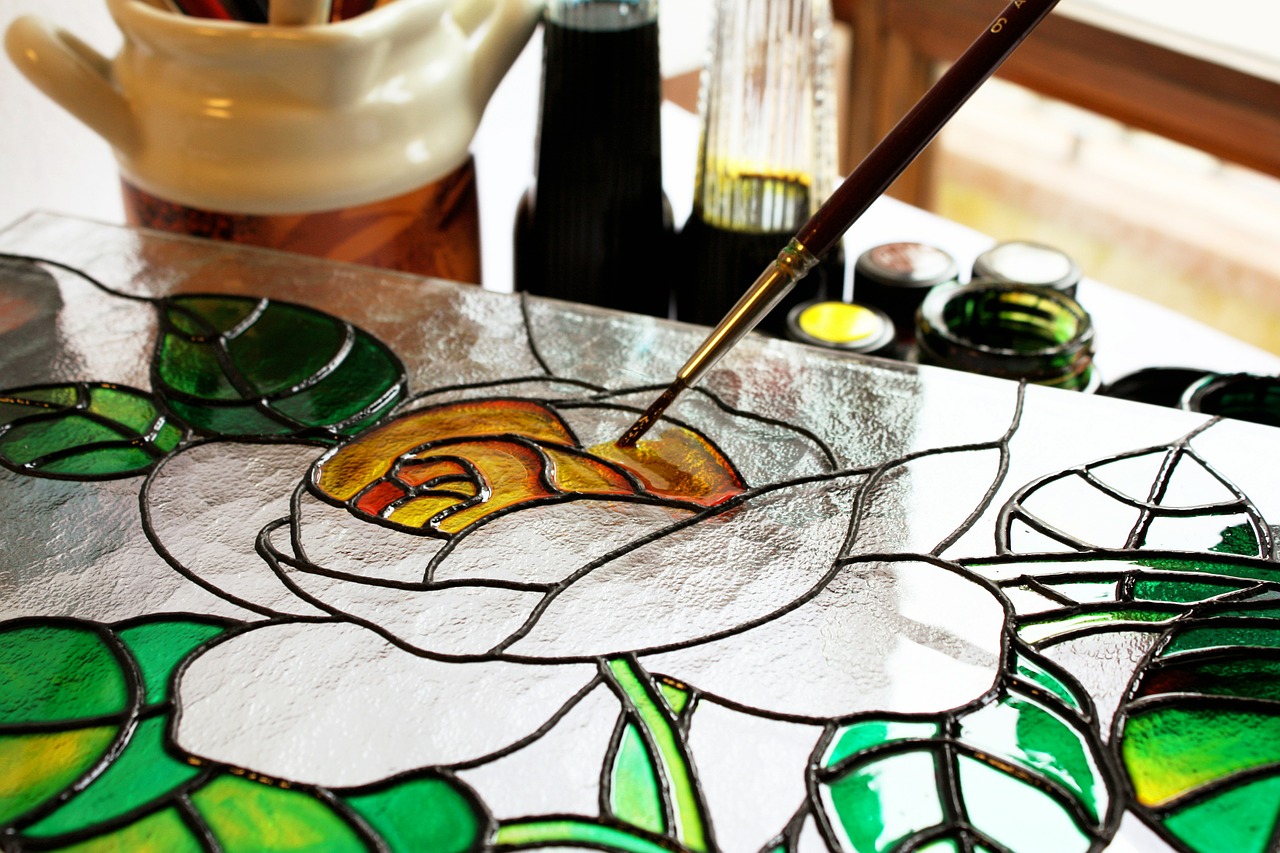
While most types of paint for art are versatile, they won’t always work on all kinds of surfaces. For instance, pastels and watercolors won’t stick to glass surfaces. This doesn’t mean artists can’t use glass or porcelain for their art. Acrylic paints can stick to glassware. However, they eventually chip off or peel away. For longevity, you can try glass paint.
Glass paints come in different colors, and they are usually non-toxic because they are often used on kitchenware. Some glass paints come in spray bottles, while some come in pots.
Artists who use glass paint will often cure their finished work in an oven or furnace. For instance, an artist who decorates a porcelain vase with glass paint will usually seal the paint into the vase by placing it in a hot oven for some time.
Fabric Paint
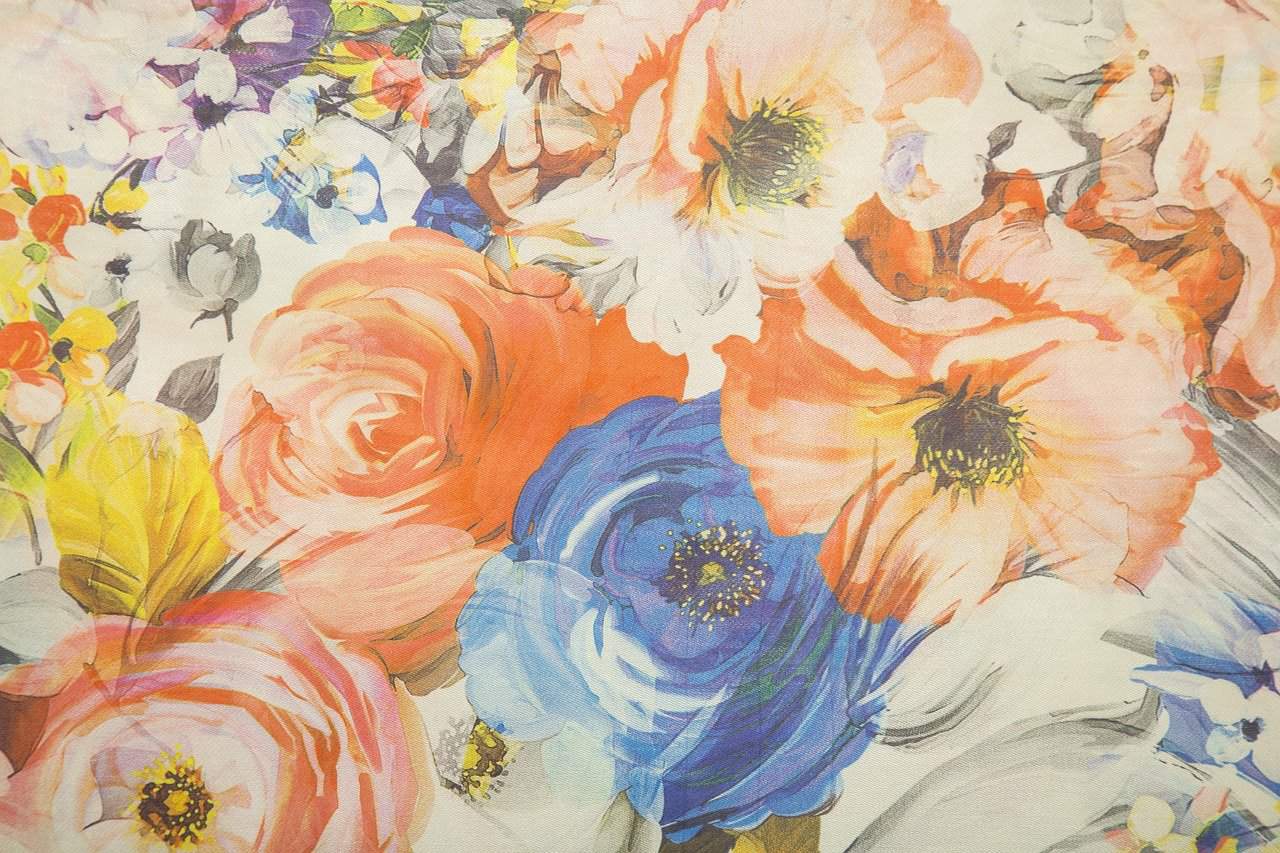
As the name suggests, fabric paint is specially made for fabric. Other types of paint for art also adhere to fabrics, such as acrylic paint, but fabric paint will often produce the best result. Fabric paints take well to different types of fabric too, such as cotton, silk, and denim.
Some types of fabric paint dye the cloth while other types will simply add a layer of color on top. They can come in tubes, sprays, or squeeze bottles. One popular version in the market is the fabric marker, which is fabric paint you can write with on fabrics like a regular pen.
Fabric paint is a great way for artists to design their clothes with their art. Stencils are also often sold with fabric paints, so beginners can also have a guide.
Blacklight Paint

This next paint type might not look different from other types of paint for art. However, once exposed to UV, blacklight paint easily stands out by glowing. This unique feature is why other names for blacklight paint are luminous or fluorescent paints.
You’ll often see blacklight paints decorating the walls of amusement parks and nightclubs. However, you might also catch some customers and party-goers with blacklight paint on their bodies.
Some types of blacklight paint are non-toxic, so artists can safely apply them to the skin. Because of this, blacklight body paints are popular for parties, carnivals, and other festive events.
One example of an artist who uses blacklight paint is Bogi Fabian. This Austrian artist uses blacklight to make “glowing murals.”
Spray Paint

Have you ever walked down a street and noticed colorful graffiti on the wall? To make graffiti art, artists use spray paint. Spray paints come in spray bottle cans, and they are easy to find in stores, where they sell them in different colors and finishes. Matte, metallic, and glossy spray paints all adhere well to walls.
Of course, this isn’t the only use for spray paint. Some artists also use spray paint on canvases and other unconventional surfaces. Experimental art pieces that include furniture often feature the use of spray paints.
Unfortunately, the cost of spray paints can be higher than other types of paint for art. It is often worth it, though. Once spray paint dries, a mural on an outdoor wall can withstand sun and rain.
Face Paint
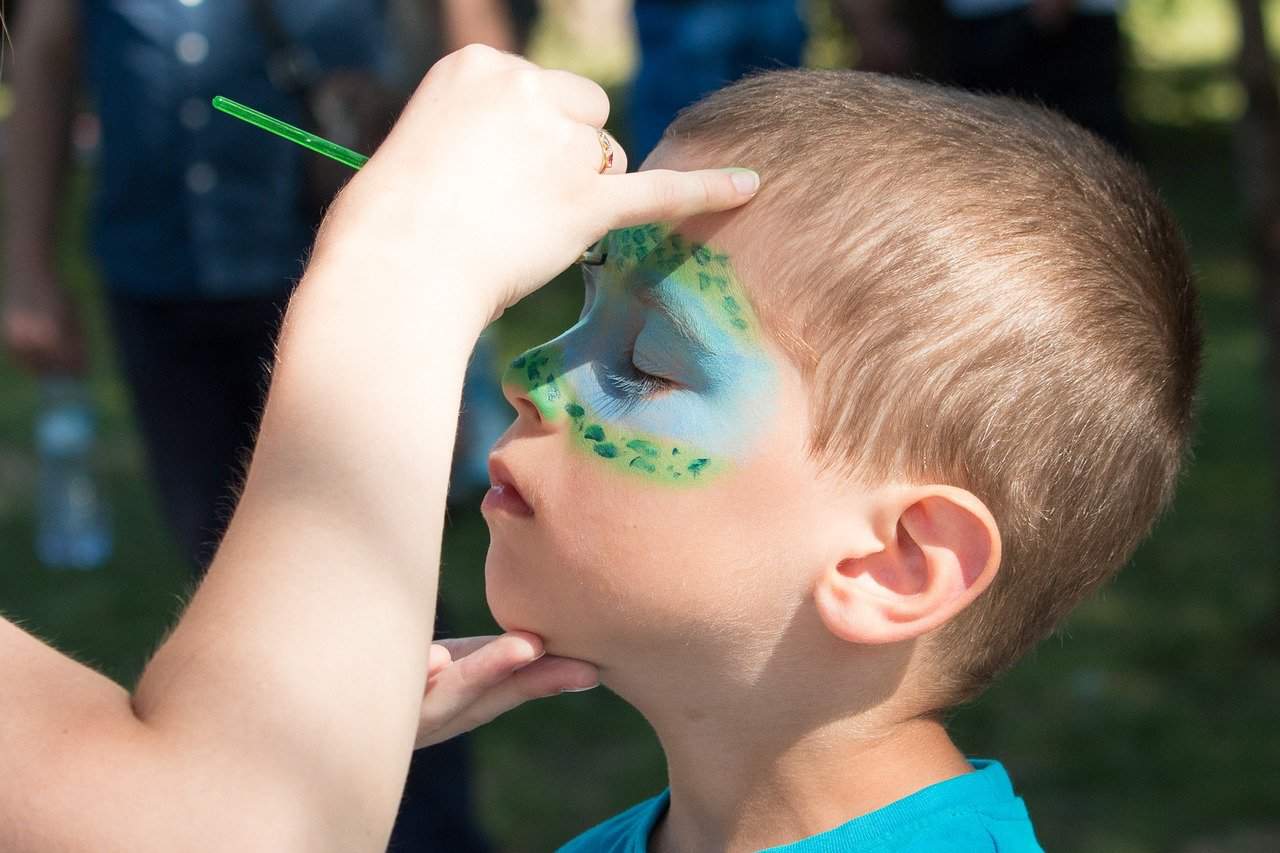
As the name suggests, face paint is applied to the skin. It is non-toxic and usually water-based. Face paint is usually easy to wash off, so it can only produce temporary art. Body sweat can also cause face paint to fade.
Face paint is often a favorite at social gatherings, such as birthday parties and carnivals. During the Halloween season, face paints are also a hit for both adults and children. It can come in stick forms like crayons or pans.
Since face paint comes from non-toxic materials, people often make homemade face paints. They mix face lotions or creams with food coloring. They can also add cornstarch for a thicker consistency.
Tattoo Ink
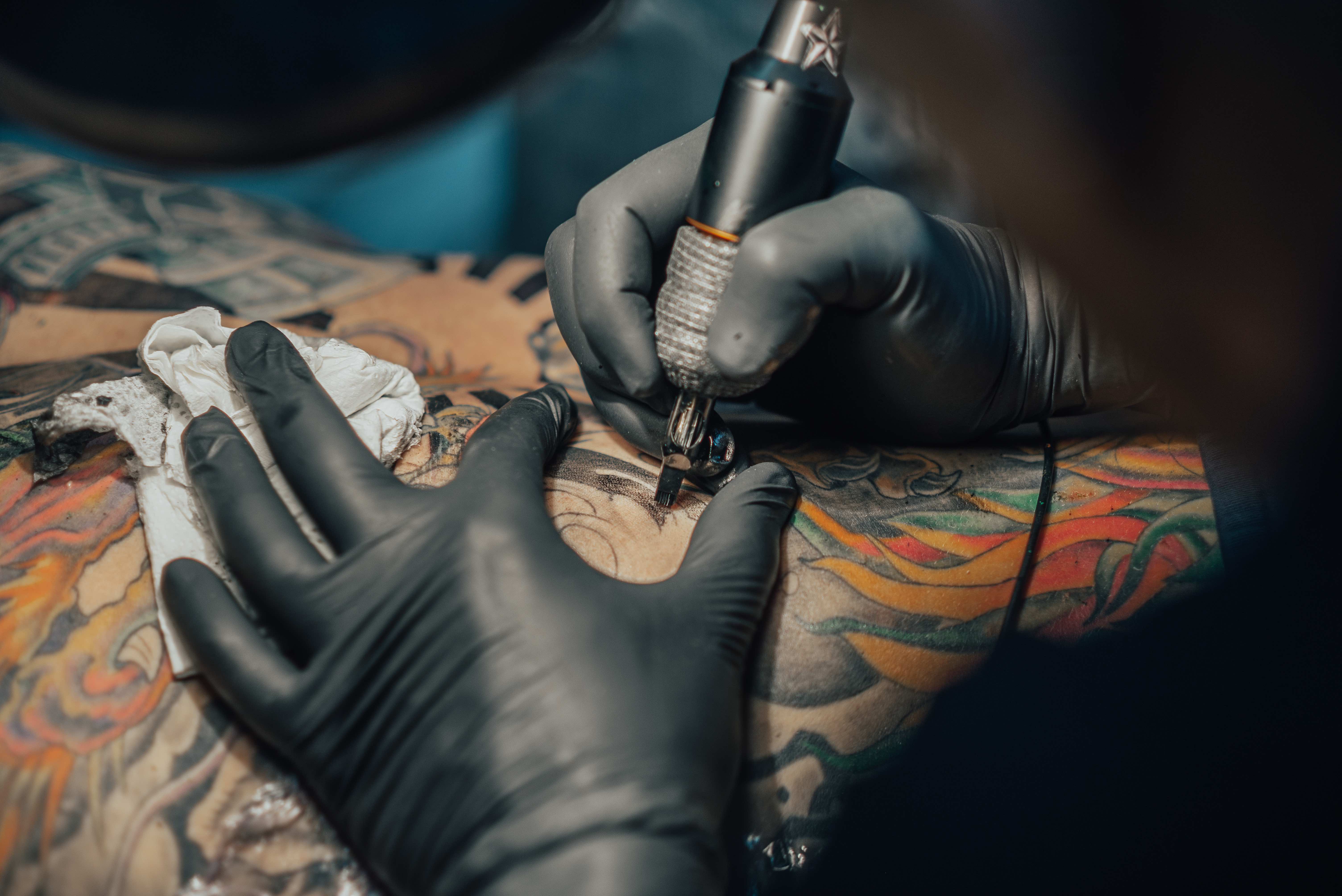
Like face paint, tattoo ink is for the skin. However, once a tattoo adheres to the skin, it is permanent. This is because while face paint only creates a layer of paint on top of the skin, tattoo ink is meant to sink deep into one’s skin.
Tattoo ink differs from other types of paint for art in many ways. One example is the tool an artist will need to paint with tattoo ink. An artist will need a tattoo gun to use tattoo ink. Some can also use a single long needle for a handpoking technique.
While a stigma exists against tattoos, many consider them to be a very valid art form. This is no surprise as many tattoo artists use difficult art techniques too. Tattoo art can also reflect a community’s culture, such as henna tattoos.
Was this page helpful?
Our commitment to delivering trustworthy and engaging content is at the heart of what we do. Each fact on our site is contributed by real users like you, bringing a wealth of diverse insights and information. To ensure the highest standards of accuracy and reliability, our dedicated editors meticulously review each submission. This process guarantees that the facts we share are not only fascinating but also credible. Trust in our commitment to quality and authenticity as you explore and learn with us.
